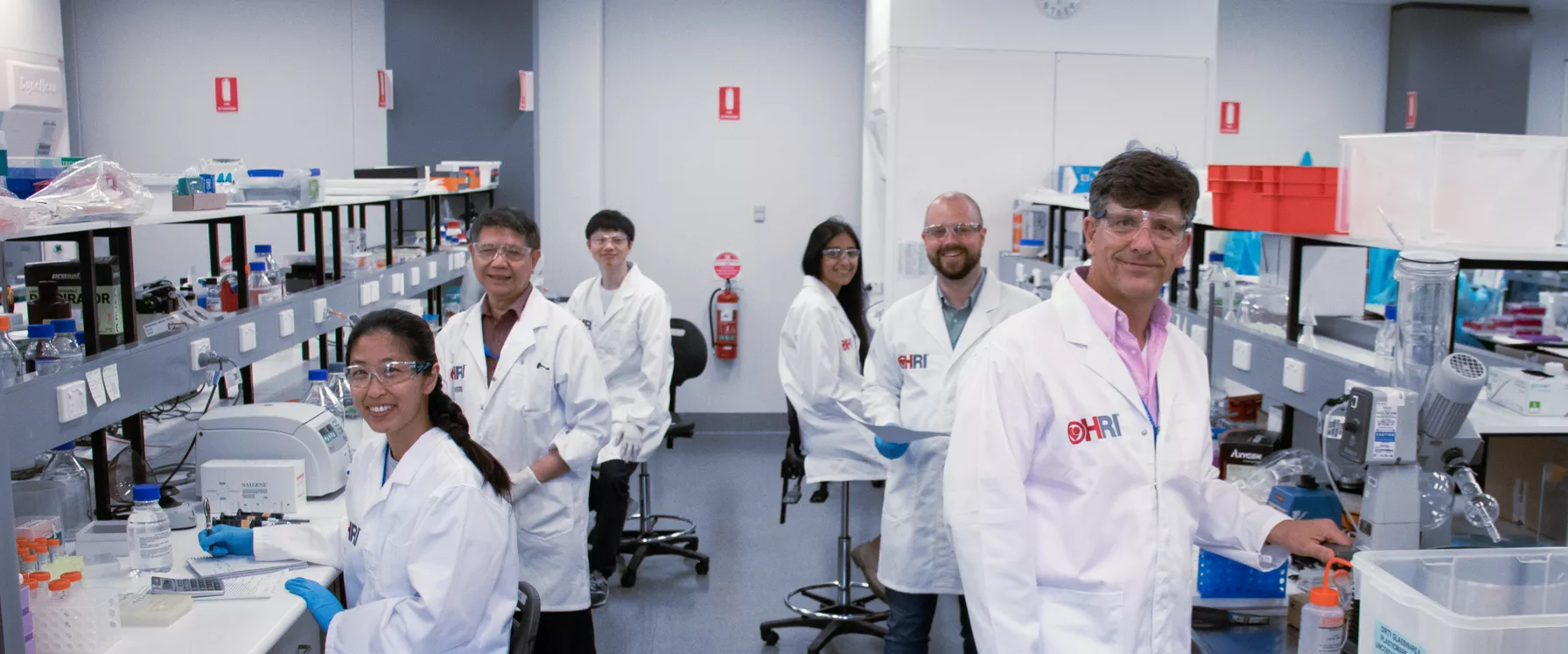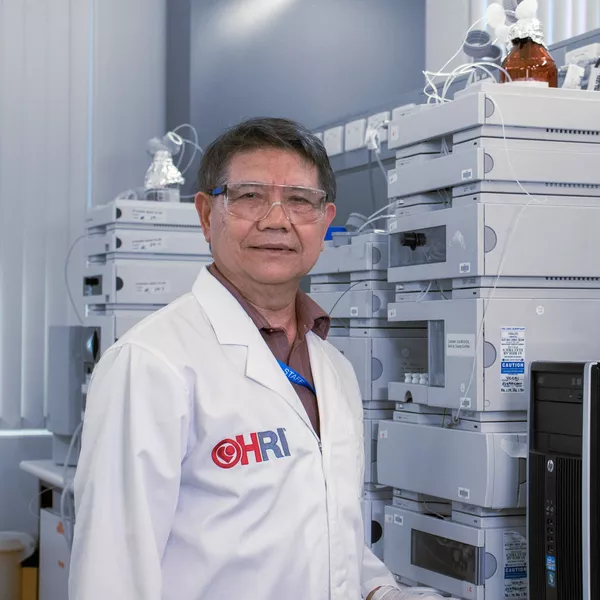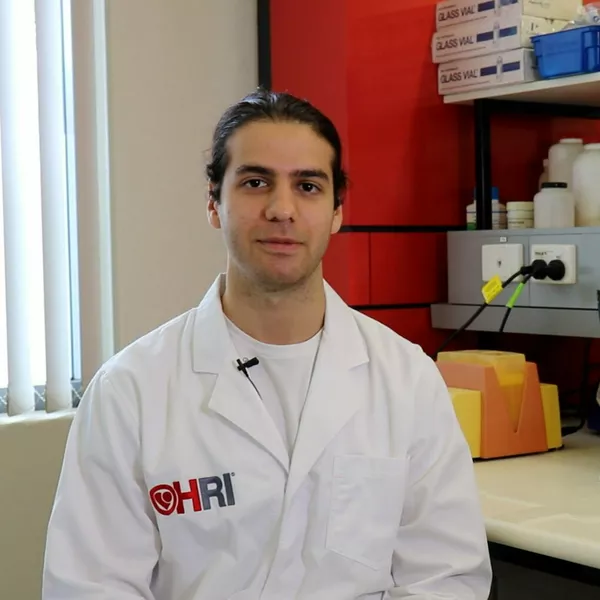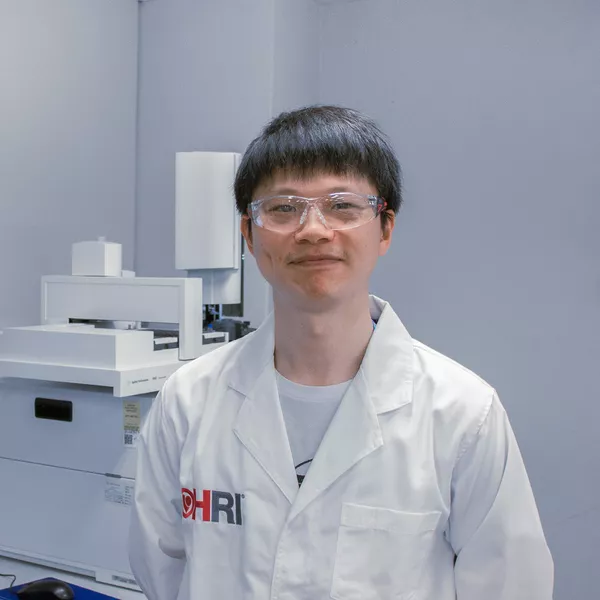
The Arterial Inflammation and Redox Biology Group conducted life-saving research at the Heart Research Institute until December 2022.
Our objective
Our mission is to understand the contribution of specific oxidative processes to the formation of unstable atherosclerotic plaque. We aim to understand the mechanisms and factors that distinguish formation of unstable versus stable plaque, and how this knowledge can be used to selectively identify and treat unstable plaque.
Key research areas
- High-risk atherosclerotic plaque, identification and treatment
- Arterial inflammation
- Arterial redox biology
Atherosclerosis is a leading cause of heart attack, stroke and death worldwide.
It occurs when there is a build-up to fatty deposits and inflammatory cells in the wall of your arteries, which carry oxygen to your heart and other tissues. There are two types of atherosclerotic lesions, stable and unstable. Stable plaque builds up over years and causes arteries to become hardened, eventually restricting blood flow to the heart and other organs, which can be readily detected and treated with appropriate intervention. Unstable plaque is vulnerable to ‘rupture’ before it substantially restricts blood flow. These plaques are difficult to detect/identify yet can be fatal when they rupture and cause acute thrombosis and occlusion of the artery.
Professor Roland Stocker and his team are trying to understand what changes in the arteries, how they become diseased and how atherosclerosis can be prevented. More specifically, they examine the contribution of arterial inflammation and oxidative processes to the formation of unstable plaque, and how we can use this information to detect high-risk plaque and interfere with the formation and rupture of these plaques.
Collaborators
Professor René Botnar, King’s College, London
Prof Catherine Clarke, University of California
Prof Tony Kettle, University of Otago
Dr Alkystis Phinikaridou, King’s College, London
Dr Imran Rashid, University Hospitals Cleveland
Prof Paul Witting, University of Sydney
Selected publications
Stanley CP, et al. Singlet molecular oxygen regulates vascular tone and blood pressure in inflammation. Nature 2019;566 (7745), 548–552.
Talib J, et al. A concurrent multi-omics method to assess metabolic changes associated with atherosclerosis using small amounts of arterial tissue from a single mouse. Analytical Chemistry 2019;91:12670-12679.
Cheng D, et al. Inhibition of MPO (myeloperoxidase) attenuates endothelial dysfunction in mouse models of vascular inflammation and atherosclerosis. Arteriosclerosis, Thrombosis and Vascular Biology 2019;39:1448-1457.
Rashid I, et al. Myeloperoxidase is a potential molecular imaging and therapeutic target for the identification and stabilization of high-risk atherosclerotic plaque. European Heart Journal 2018;39 (35), 3301–3310.
Stocker R, Keaney Jr JF. Role of oxidative modifications in atherosclerosis. Physiological Reviews 2004;84 (4), 1381–1478.
Stocker R, et al. Bilirubin is an antioxidant of possible physiological importance. Science 1987;235 (4792), 1043–1046.
The team
News

Celebrating the career of Prof Roland Stocker
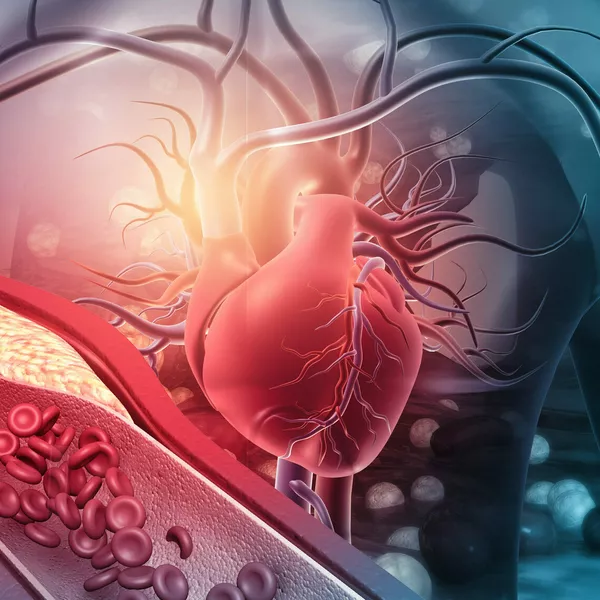
Is myeloperoxidase the key to preventing heart attack and stroke?

Prof Roland Stocker awarded 2021 Basic Science Award
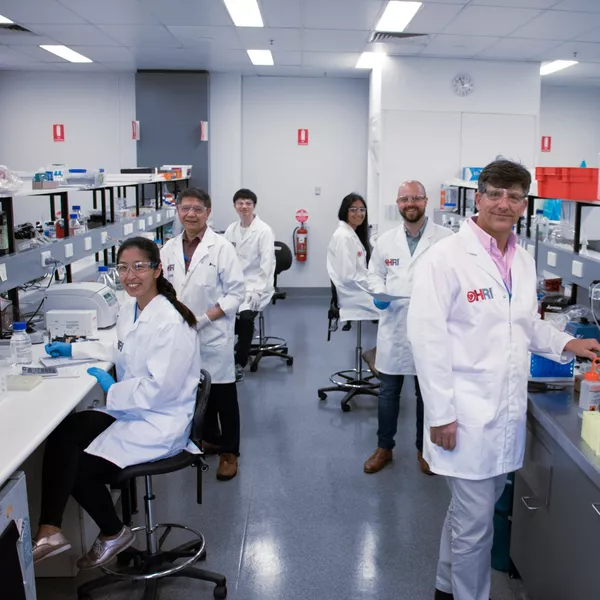
Arterial Inflammation and Redox Biology Group publishes in Nature Communications
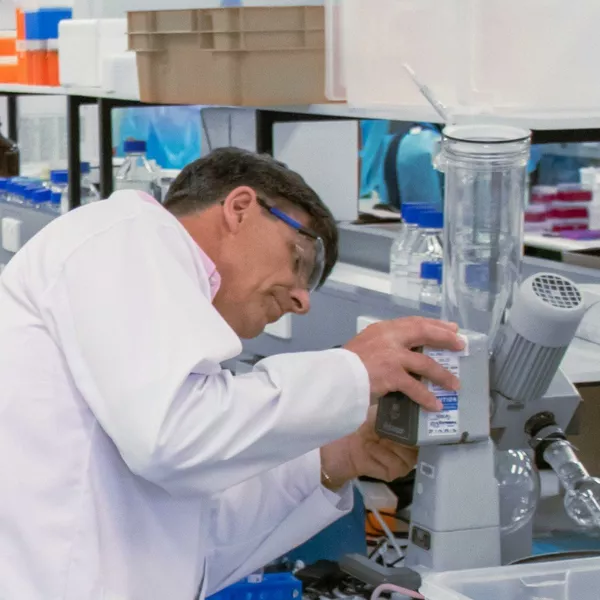
Research to help prevent people dying of heart attack faces a funding shortfall

